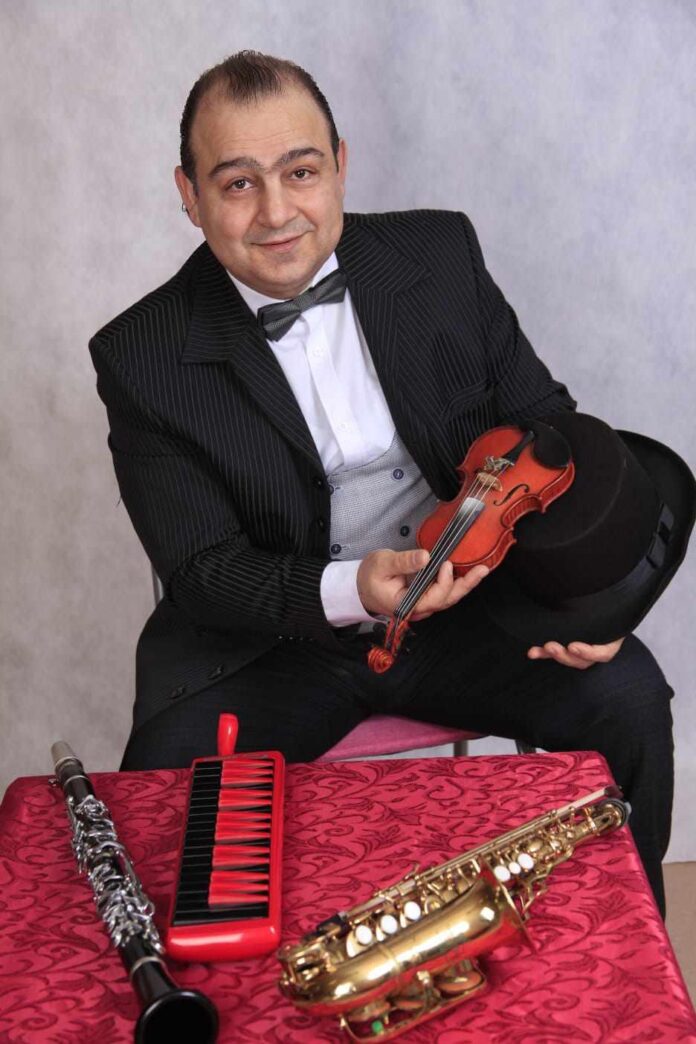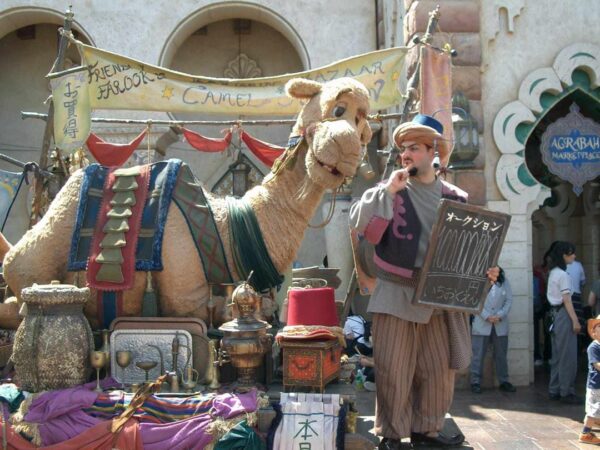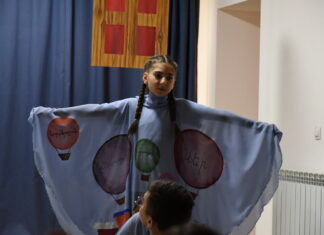YEREVAN / MOSCOW OBLAST — Artak Harutyunyan (born 1972, Hoktember village, Armenia) is a multi-hyphenated circus artist: clown, tightrope walker, juggler, magician and musical eccentric.
As a teenager, he participated in all community groups in the town of Metsamor (theatre, youth technicians, chess, acrobatics, football, boxing), and at the same time studied violin at a music school. He studied at the Leonid Yengibaryan Studio of the State Circus of Armenia (artistic director: Sos Petrosyan) and the Moscow State College for Circus and Variety Arts.He has been a professional on stage since 1989, participated in many circus and variety festivals, became a laureate of international competitions. In 2001-2007 he worked in Japan; in2012-2014 and 2022-2023 hewas invited to work in the legendary circus of Yuri Nikulin.
Since 2008, Artak has been the director of the Wonderful People production center. From 2010 to 2015 he was the artistic director of the World of Fantasy cultural center in Yegorevsk, near Moscow, and since 2015 – the artistic director of the circus studio Arena of Miracles in the cultural centers of Korobovo and Serednik, in Moscow Oblast. He directed “Color of Fairy Tale Heroes,” “The New Adventures of Father Frost and Snow White,” “The Wolf and the Seven Owls,” “Funny Boys” and other performances. Through his efforts, the Sandachok folk ensemble and the Wild Clover vocal and instrumental ensemble were created. He also performed regularly in the Yerevan circus.
Artak, your biography and current activities are so rich and diverse that it is impossible to cover everything within the limits of one interview. Let’s start with general questions about the circus. You have worked in different countries. What is the attitude towards the circus in various countries?
Circus is a unique art whose history begins before our era. I do not know whose phrase “Bread and circus” is, but that factor is still alive all over the world. Over the centuries, the circus has undergone changes in its genres, but the interest in it among the peoples has not decreased. As for which country has a stationary circus building and whose audience likes to visit the circus, I would say the first is Russia, then Kazakhstan, where there are four stationary circus buildings. There are a few of them in Europe, America and other countries.
If you can surprise everywhere with amazing tricks, then making the audience laugh is the most difficult thing. Have you felt that the sense of humor is different among different peoples?









